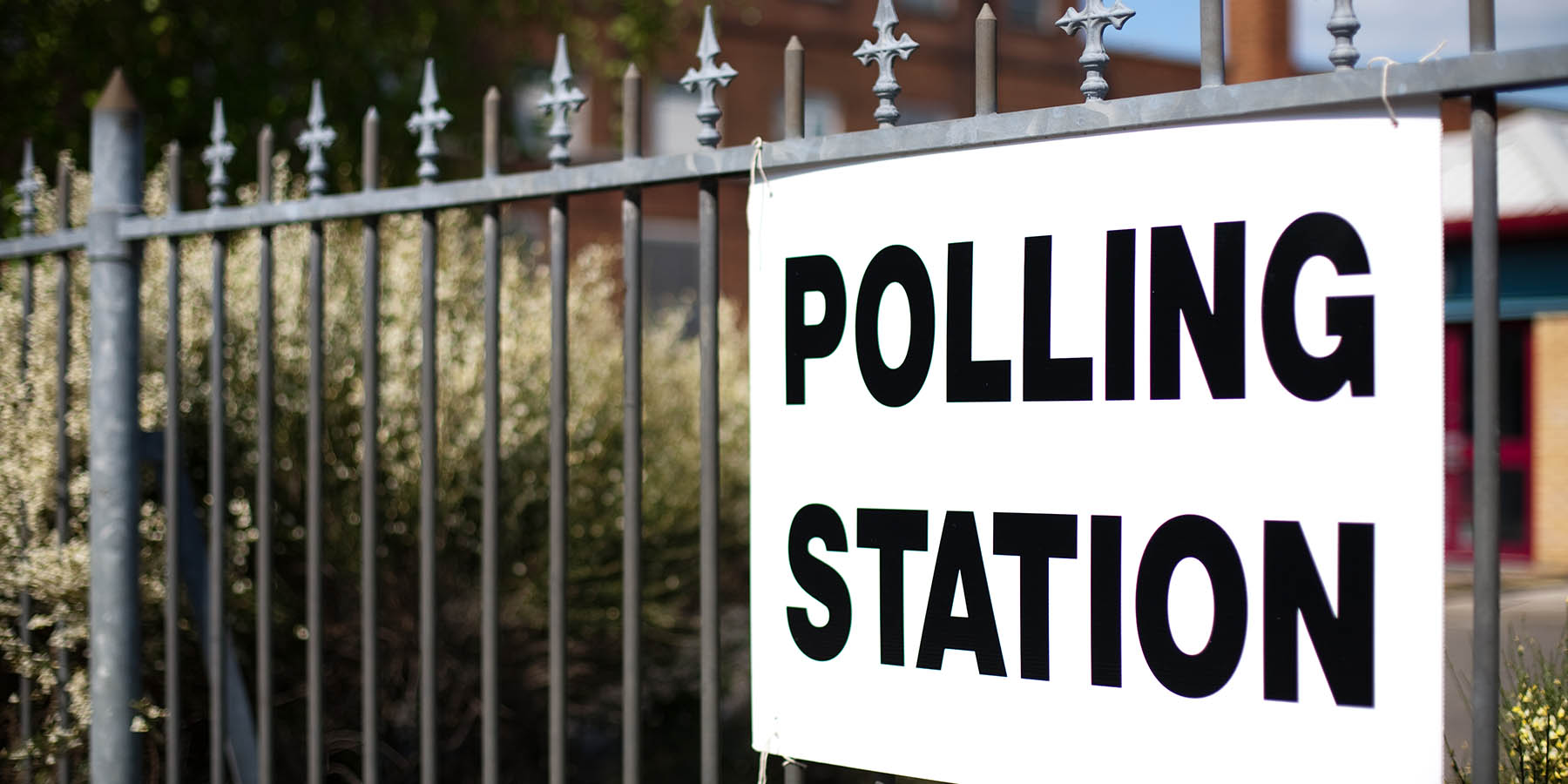
Local Elections 2018: A national view
2018’s local elections take place against a backdrop of shifting personnel, policy uncertainty and internal power struggles within the big two political parties. As well as providing a picture of local concerns and how communities want to see their local authorities governed, these elections will also provide some clues of the political mood of the nation nearly one year on from 2017’s snap general election.
Conservatives
Just four days before polling day in 160 English local authorities, the prime minister lost her third high-profile cabinet member in less than a year. With much controversy surrounding immigration targets and the so-called ‘hostile environment’ in the Home Office, Amber Rudd MP tendered her resignation as home secretary having, as she put it, “inadvertently misled” the Home Affairs Select Committee.
Some commentators suggest that Rudd has taken the hit for policy that was conceived and executed by Theresa May when she held the job of home secretary, so there is a chance that some voters will use these elections as an opportunity to protest against the party and its leader. While the new home secretary, Sajid Javid, has already sought to redefine his department’s approach to immigration, has the damage been done?
While an ICM poll indicates that the public thinks successive Labour and Conservative governments are the most to blame for the Windrush scandal (at 30%), Theresa May, at nearly 25%, is not far behind. Yet, looking at recent weeks, the Tories have fared reasonably well in national polling on Westminster voting intention. An ICM poll carried out on 27 to 29 April gave them a three-point lead over Labour. A YouGov poll undertaken over 24 and 24 April put the Tory lead at five points, while an Ipsos MORI poll (20 to 24 April) also put them ahead, albeit by a single point.
Labour
Meanwhile, just like at the last general election, Labour will be hopeful that the pollsters’ consensus can again be questioned by the unpredictability of voters’ choices once they enter their polling stations. Traditionally, local elections are seen as a litmus test of the performance of the opposition in the run-up to the next general election. However, the extent to which the 3 May elections can be representative of the national picture is questionable: their strongly metropolitan character – 40% of available seats are in London – will be likely to play into Labour’s ‘centre ground’.
Nevertheless, the party’s own recent troubles are likely to play their part in voter behaviour. In particular, Labour has seen its fair share of criticism in relation to the response of its leadership and disciplinary bodies to accusations of anti-Semitic behaviour by members. Jewish Labour groups have been voracious in their support – and in their criticism – of Jeremy Corbyn’s leadership and there remains a high level of scrutiny of whether fundamental changes will be implemented to back-up the leadership’s commitment to take action. Barnet and Bury, both home to large Jewish communities, will perhaps be a test of how well Corbyn is perceived to have handled this.
Brexit
Across party lines, the issue of Brexit remains the most divisive issue of the day. While local elections have little to do with the actualities of the European Union, candidates’ views on Brexit will have been discussed on the doorsteps and in town hall hustings, and voters may see this election as an opportunity to re-assert their stance on whether Britain should stay or go; perhaps even using their local vote as a proxy for their support or opposition to their representative in Westminster’s stance in the referendum and since, in debates on the EU (Withdrawal) Bill and elsewhere. Newcastle-under-Lyme in the West Midlands will be of particular interest: with some of the highest ‘leave’ votes in country and Labour MP with a majority of just 30, which way the council goes will be surely be indicative of whether Labour’s Brexit stance is supported.
However, it will be near-impossible to assess what difference, if any, Brexit has made on voting intention, with both Labour and the Tories unclear on what a ‘good’ Brexit looks like. One possible outcome is the only parties with an unambiguous Brexit stance – the Liberal Democrats and UKIP – seeing a revival. The former will hope its consistently pro-remain credentials will attract back some voters lost to Labour – particularly in London – at the general election. On the other hand, UKIP could lose many of the 136 seats it is defending with a policy agenda which, in the wake of the Brexit referendum, previous supporters may feel is no longer relevant.
Turnout
Local elections have in recent history been victims of an apathetic public unwilling to engage. But perhaps not so in 2018: the Hansard Society’s 2018 Audit of Political Engagement reports that the share of the public stating they are ‘certain to vote’ is at 62%, 11 points up on its first audit in 2004. Back in 2014, when roughly the same councils were elected, only 35% of the electorate turned out.
For all parties, measuring success in these elections will not only be a case of counting gains and losses. In an election where there is not a large number of marginal, or likely swing, seats, parties will also look at the weight of their victories and losses to make broader conclusions about how they might fare at the next general election.
This article is an extract taken from Freshwater’s local election briefing.
